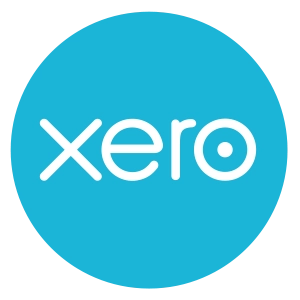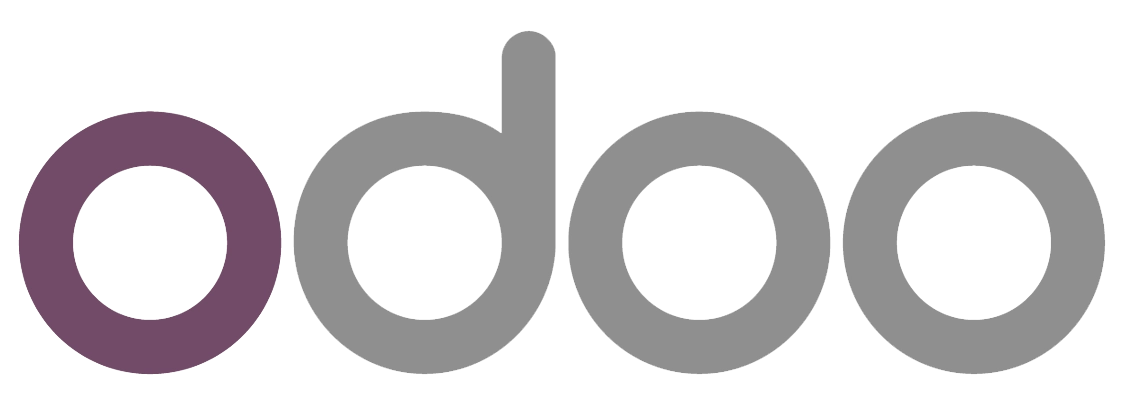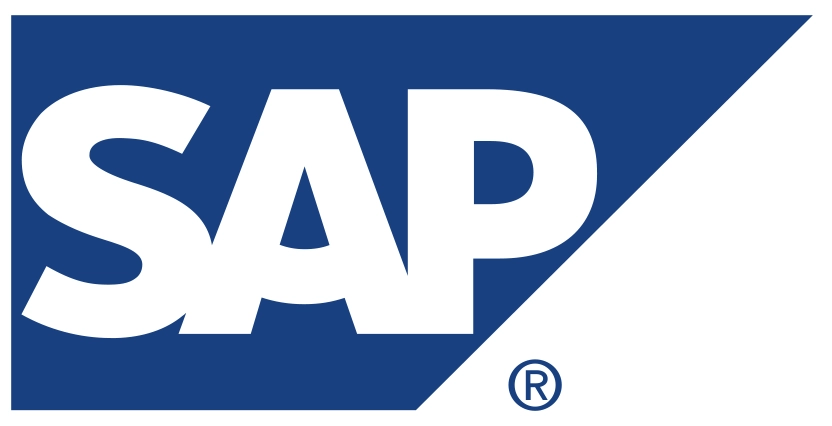Comprehensive Overview of Xero Accounting Software
In this guide, we’ll cover everything you need to know about Xero Accounting Software integration including market fit, pricing, features, and comparisons.
Tipalti’s AP automation integration with Xero Accounting software will digitally transform invoice processing. Eliminate manual processes, increase financial controls, and reduce fraud risks.

What is Xero Accounting Software?
Xero is real-time, cloud-based small business accounting software for startups, growing companies, and established companies. Although Xero isn’t an ERP for complete enterprise resource planning, third-party add-on software integrations extend its functionality and range of business processes, and maximise your Xero investment. Xero has a SaaS subscription pricing model. The company, Xero, is based in New Zealand.

Xero Accounting Software automates bookkeeping and accounting. Xero’s online Accounting Software includes a chart of accounts, general ledger, financial reporting, bank account reconciliation, cash flow management, bill capture and receipts with Hubdoc, purchase orders, customer quotes, order management, invoicing, accounts receivable, inventory management, accounts payable, business management, and submit VAT returns to HMRC.
In the cloud Xero accounting package, your business can set up user roles with Limited, Standard, or Administrator access. Then you can grant specific additional permissions to a user for more Xero functions or abilities in the Xero accounting system.
Xero allows unlimited users at no extra charge for scalability as a company grows. But a subscriber’s users could hit informal monthly transaction limits or speed slowdowns. These are indicators of when it’s time to upgrade your growing business to mid-range ERP software like Sage Intacct, NetSuite, Microsoft Dynamics 365, or the SAP ERP product for SMBs called ByDesign.
Xero cloud Accounting Software is accessible on either Windows or Mac computers. The Xero Accounting mobile app can be used on Apple iOS and Google Android mobile devices.
Top Features and Benefits of Xero Accounting Software
- Low-cost
- Unlimited users included in every plan
- Premium and Ultimate plans support Multi-currency
- Bank Reconciliation
- Bookkeeper and accounting firm practice tools
- Simple integration with many other third-party apps
Xero Accounting Software cost
Every Xero pricing plan is low-cost. Xero accounting prices aren’t based on the number of users, although adding Xero Payroll requires an extra per person charge besides the added monthly subscription cost. For how much is Xero per month, read the “How Much Does Xero Cost?” section.
Unlimited users
Xero bookkeeping software/accounting software allows unlimited users without charging extra per user or employee fees except for optional Xero Payroll.
Multi-currency
The Xero accounting solution adds multi-currency functionality with the Premium and Ultimate SaaS plans. Tipalti add-on AP automation software provides additional multi-currency functionality for those plan subscribers.
Automatic bank account reconcilation
Xero provides automatic bank account reconciliations. A Xero Central support article for Bank Reconciliation describes the bank account reconciliation process:
“The aim of bank reconciliation in Xero is to match each statement line in the bank account to an existing transaction in Xero, or create a transaction during the reconciliation process. Statement lines are the bank transactions imported from your bank account via a bank feed or they’re manually imported. When they’re in your online banking, they’re referred to as bank transactions, then when they’re imported into Xero we call them bank statement lines.”
Bookkeeper and accounting firm tools
Bookkeepers and accountants use Xero software in their practice and offer simple Xero non-VAT Cashbook, VAT Cashbook, or Xero Ledger to their clients through a Xero partner plan. Bookkeeper and accountant tools include Xero HQ to centralize practice and client data, dashboards with real-time financial information, and customizable reporting with report templates. Xero Practice Manager and Xero Workpapers enhance productivity. Bookkeepers and accounting firms also receive a free subscription to a Xero accounting software plan to run their own practice.
Third-party software integration
Xero users can seamlessly integrate Salesforce or other CRM software, supply chain software, and payables automation software third-party add-ons to increase Xero efficiency, features, and capabilities.
Which Types of Businesses Use Xero?
Small businesses, business owners, bookkeepers, accounting firms, and non-profits use Xero. Xero software appeals to companies with global customers, enabling multi-currency features in the Premier and Ultimate plans.
Xero accounting software users are in these industries:
- Retail, eCommerce, and Amazon sellers
- High tech
- Legal
- Bookkeepers and Chartered Accountant firms
- Hospitality and Tourism
- Restaurants
- Construction
- Creatives
- Healthcare
- Farming
- Manufacturing
- Real estate
- Franchising – franchisees and franchisors.

How Much Does Xero Cost?
Choose a Xero pricing plan matching your business needs. The Starter plan is intended for small business owners before rapid growth occurs.
The level of features varies with each of the Xero pricing plans for Starter at £15 GPB per month (with 20 invoices and 5 bills per-month limit), Standard at £30 per month, Premium at £42 per month, and Ultimate at £55 per month.
The Xero Accounting Software system offers a Xero Payroll plan with standard pricing of £5 per month for up to 5 payroll employees + £1 per month for each additional employee. The Xero Ultimate SaaS plan includes payroll for up to 10 employees + £1 for each additional person and includes Analytics Plus functionality. (Xero may offer limited-time plan pricing discounts when new users apply a promotional code at checkout.)
Bridge the gap between Xero and AP automation
Tipalti AP automation adds efficiency and automated invoice processing with global payments to Xero Accounting Software.
How Does AP Automation Software Integration Work With Xero?
Xero Accounting Software integration with AP automation software uses a flat-file or API connection. Tipalti has flat-file integration with the Xero accounting system. The Tipalti add-on app automates and streamlines workflows for accounts payable and payments, offering multi-currency for Premier and Ultimate Xero plan users and global mass payments using a choice of payment methods. Use Tipalti payables automation software through the Xero login.

AP automation improves functionality for Xero accounting software
Tipalti AP automation eliminates manual data entry, adds financial controls, and automates digital invoice processing.
How to Implement & Use Xero?
Xero online accounting is user-friendly and simple enough to implement on your own or with help from a Xero-certified advisor who is a bookkeeper or Chartered Accountant with experience in your industry. Xero Central is a centralized source of customer support and learning information, including links to online topics and courses.
Select a Xero-certified Advisor
The Xero-certified advisor that you hire as a consultant for an additional cost will be able to assist you with bringing existing accounting balances from another system into Xero by entering conversion balances and assisting you with how Xero setup works, making the implementation process for Xero features successful.
User permissions and mobile apps
Xero lets your business set user roles and permissions to limit access to needed workflows and reports for specific jobs. Employees can download their own Xero iOS or Android mobile app for work on the go.
Connect bank accounts
To start implementing Xero Acounting Software, your business needs to connect bank accounts to Xero to receive bank feeds and perform accounting, and set up financial and other settings for your Xero organisation.
Implement financial settings
For financial settings, go to Accounting/Advanced/Financial settings. Within financial settings, your administrator can set a year-end date, choose tax settings and tax defaults, set lock dates for accounting periods to stop adding transactions, and set the time zone.
Your administrator will set a year-end date that’s the end of the month if you expect Xero fixed assets to post correctly to the balance sheet and income statement financials for depreciation expense (or use fixed assets outside Xero).
What’s Next After Xero Implementation?
After you implement Xero Accounting Software, integrate Tipalti AP automation and other financial automation software to save time and money on end-to-end payables, global mass payouts, and employee expense claim processes. Request a demo to get started.
Which Accounting Software or ERP Systems are Comparable to Xero?

QuickBooks Online
Comparing Xero vs QuickBooks, QuickBooks Online is an accounting software product that competes with Xero Accounting Software. Both software vendors add third-party integration apps to transform accounting software into a limited substitute for an ERP solution. QuickBooks Online is used by startups and small businesses with up to 25 users, depending on the plan level. Intuit QuickBooks also sells QuickBooks Desktop products that could appeal to users looking for an on-premises software solution instead of cloud.

odoo
Odoo cloud ERP system is used by companies of all sizes, beginning with startups. Odoo competes with Xero at the small business level. Users pay for the software apps (modules) they need, covering many business processes and functional areas.

SAP
Xero vs SAP Business One on-premises or cloud ERP software is a choice that companies doing a software evaluation can make. SAP Business One is for small businesses. SAP also sells the mid-market ByDesign product and top-tier ERP solutions for large enterprise companies.
